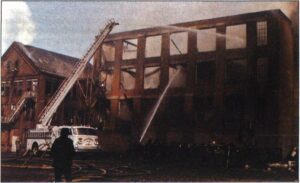Reading House Types
A few months ago, we addressed fighting fires in the cellars of private dwellings. We know they're hot, smoky, stubborn fires, and that firefighters would rather go up than down to fight. That's where we'll be going over the next few months—putting the fire on and above the first floor so we can look at some of the problems there.




